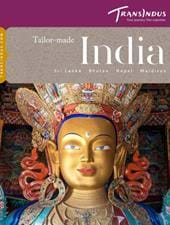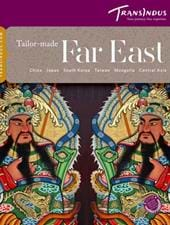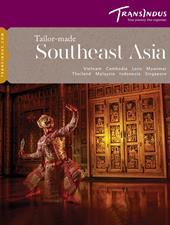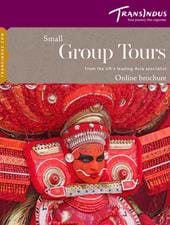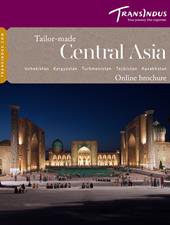For over a thousand years, from the time of the Tang dynasty in the 7th century AD until the advent of the diesel engine in the 20th, a thriving trade route crossed the mountains and gorges of Yunnan. Stretching for around 1,400 miles, it formed the main artery connecting China and Tibet – two arch adversaries who despite their mutual antipathy both had something the other needed.
In one direction, bricks of low-grade China tea were carried from the markets of Pu’er in southern Yunnan to the Tibetan capital, Lhasa. There, the tea would be exchanged for war horses, which the Chinese emperors bought to help repel the nomadic hordes threatening their northwestern borders.
At its peak, an estimated 25,000 horses were sold each year along the caravan route, known in Chinese as ‘Chama Guado’. Each fetched a price of 130 pounds of tea, at a rate fixed by the imperial authorities.
Sewn into hides of waterproof yak skins, the bricks of compressed tea were mostly carried on the backs of porters wearing little more than rags and straw sandals. The men, heaving more than their own body weight, braved snowstorms and bandits to cross the world’s highest ranges. Only a few stretches of the old cobbled pathways they followed survive, in the upper Nujiang (Salween) and Lacang (Mekong) gorges, close to the modern border of Tibet. The rest have long since been tarmacked over.

